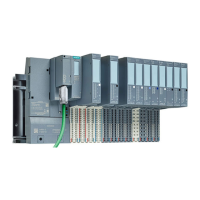
Do you have a question about the Siemens SIMATIC PCS7 and is the answer not in the manual?
| Type | Distributed Control System (DCS) |
|---|---|
| Manufacturer | Siemens |
| Programming Languages | SFC (Sequential Function Chart) |
| Communication Protocols | PROFIBUS, PROFINET, Industrial Ethernet, OPC |
| Scalability | Highly scalable from small to large industrial applications |
| Redundancy | Supports hardware and software redundancy for critical processes |
| Typical Applications | Chemical, Pharmaceutical, Oil & Gas, Power Generation, Water Treatment |
| Hardware Platform | industrial PCs |
| Engineering Software | SIMATIC PCS 7 Engineering System |
| Operating System | Windows |
| Integration Capabilities | MES (Manufacturing Execution System), ERP (Enterprise Resource Planning) |
| Security Features | User authentication, authorization, role-based access control, network segmentation, firewall integration, intrusion detection, security logging, virus protection |
Defines key terms like batch, batch process, recipe, and SFC for understanding the system.
Details the scope and benefits of the BATCH flexible system for automation.
Illustrates the integration of BATCH flexible within the SIMATIC PCS7 environment.
Describes the composition of BATCH flexible software packages and system configurations.
Briefly describes core BATCH flexible applications like Broker, Editor, BOM, Control, Planning, Data Prep.
Details the interfaces between BATCH flexible, ES, OS, and PLC systems.
Explains the general user interface elements and basic operations within BATCH flexible applications.
Presents the action-oriented sequence for using the BATCH flexible system.
Details software supply and hardware/software requirements for BATCH flexible.
Provides step-by-step instructions for installing and uninstalling the BATCH flexible software.
Explains the necessity and procedure for product-specific authorization to use the software.
Describes how to start BATCH flexible applications from Windows or the OS user interface.
Outlines the primary management and control duties of the BOM for BATCH flexible objects.
Covers starting BOM and describes its menu bar, tool bar, and user interface elements.
Details administrative functions managed by BOM, including application, recipe, batch, and user management.
Explains the editing list, which shows BATCH objects being edited with occupancy marking.
Describes how to activate and format batch records, including identification, sequence, and messages.
Explains how configuration data is managed for automating batch processes.
Introduces recipe creation tasks, recipe editor, and control recipe generator as key components.
Explains the basic components of a recipe: header and body, including their respective data.
Details how to start the recipe editor from BOM, Windows, or the recipes list.
Covers creating, opening, configuring, saving, checking, and releasing recipes.
Explains the function of the control recipe generator in creating control recipes for batch execution.
Defines batch control's role in executing, visualizing, and operating batches on the OS system.
Describes how to start batch control and its user interface, including menus and toolbars.
Details how to visualize batches and perform operator actions like starting, pausing, and switching modes.
Explains interfaces with the OS (data manager, signaling system) and batch data preparation.
Explains different switching modes (SSMT, SSMTUB, SSMTOB, SSMB) that control recipe execution.
Covers creating and modifying batches, production orders, and defining resource/time sequences.
Details starting batch planning and its user interface, including lists and menus.
Explains how to specify batch details like designation, recipe, quantity, and timing.
Covers managing production orders, including their creation, status, and conversion into batches.
Manages equipment allocation to batches, preventing conflicts and optimizing utilization.
Describes batch data management as an optional package for collecting, logging, and exporting batch data.
Details the types of batch data collected, including start/end times, measured values, and messages.
Explains how batch data preparation interacts with batch control and BOM to acquire and process data.
Covers logging batch data using BOM, including standard and user-defined record layouts.
Explains how to export batch data as ASCII files for analysis or archiving.
Details auxiliary process values supplied by the ALARM_8P block for BATCH identifiers.
Lists operator and system messages generated by batch control for tracking batch execution.
Covers configuring plant data and adding user-specific elements using CFC and BOM.
Offers a flowchart guiding the process of creating or editing a recipe using Recipe Creation or BOM.
Provides a flowchart for creating or editing a batch using Batch Planning or BOM.
Outlines the steps involved in executing a batch, from starting control to batch completion.
Refers to requirements in Chapter 2.1 for hardware and software data.
Describes specific block types like UNIT, AF_n, and TRANS used as interfaces.
Introduces ReportDesigner for customizing standard and creating custom reports for BATCH flexible.



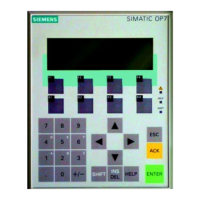

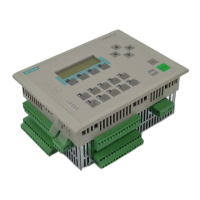
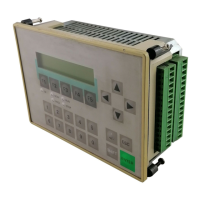
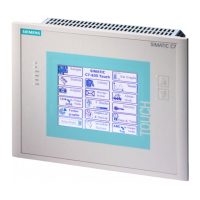

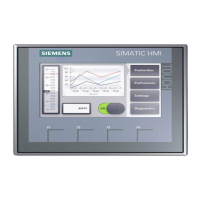


